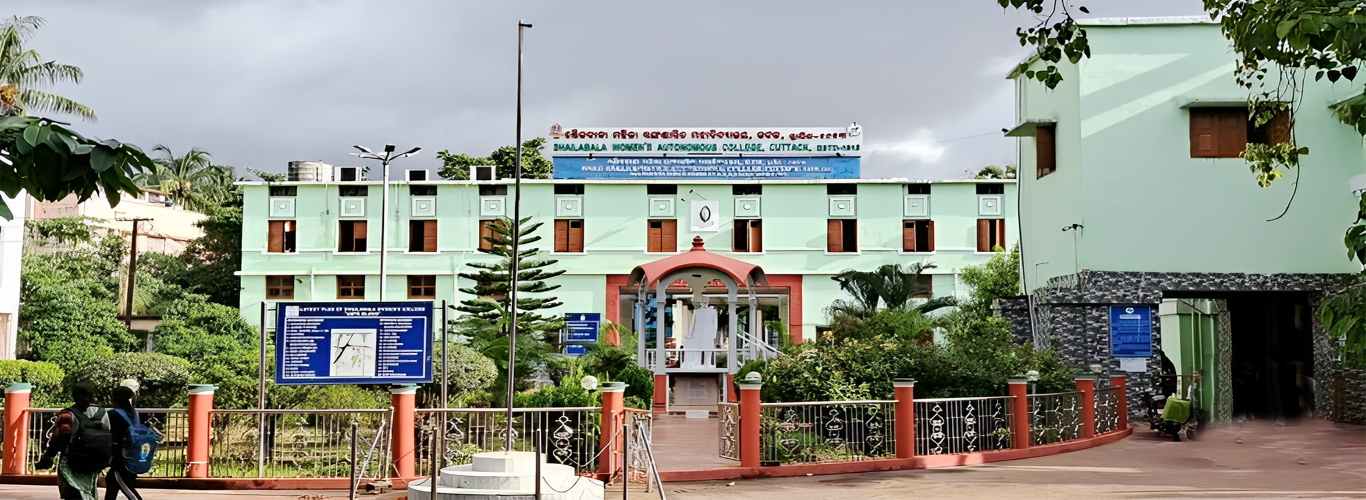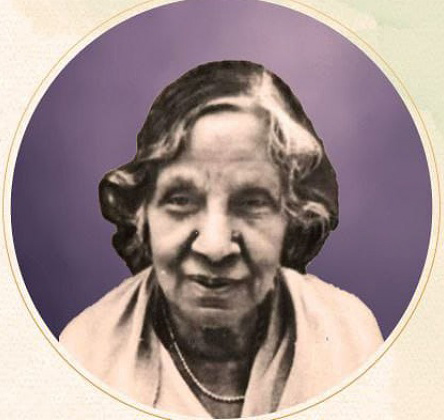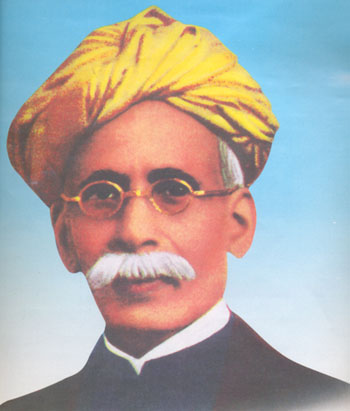Brief history of Shailabala Women’s Autonomous College

Shailabala women’s College, Cuttack, is one of the oldest and most renowned colleges for women’s education in the country, where generations of Odia girls have received education and enlightenment with which they have shaped the form and destiny of the state and the nation. The college owes its existence to two of the foremost pioneering spirits of Odisha, Utkal Gourav Madhusudan Das and his adopted daughter, Miss Shailabala Das. Situated near the holy shrine of Goddess Katak Chandi, the majestic college building stands imposingly on mission Road, the silver city of Odisha.
Shailabala in an age where women were marginalized, was in the forefront of a movement for women’s social, cultural and educational uplift and empowerment. She was a member of the Board of Education, constituted by the Government of Bihar and Odisha in 1912, to look into the problems of education in odisha. Miss Shailabala Das and Mrs. Banks represented Odisha at the Board meeting in Ranchi, where the opening of an intermediate college for women was recommended. Accordingly, intermediate classes started functioning in the premises of Ravenshaw Girls’ School in the year 1913. In 1917, both the school and college shifted to a new locality in Choudhury Bazar.
The intermediate women’s College was raised to the status of a first grade degree college only in 1946. The college having no separate building of its own functioned within the Ravenshaw Girls’ High School with lot of difficulties, the college classes could be held only during the morning hours. As a way out, Miss Shailabala Das in 1952 offered the residential building of Late Utkal Gourava Madhusudan Das along with the premises as a gift to accommodate the Women’s College. In the same year the college was shifted to the hallowed space of the residence of Utkai Gourava Madhusudan, the architect of modern orissa. The residence has been sanctified by the visit of Mahatma Gandhi, the father of the nation. Subsequently Madhu Mandir, the residential quarter of Miss Shailabala Das was sold to the government to be used for the college.
To make the college adaptable to the needs of an academic institution for higher education, a new block of rooms adjoining
Madhu Smruti was built by the authorities. The University Grants Commission provided financial assistance to construct a new three-storied block, which now accommodates the library and the study room for the students. A hostel with a capacity to house one hundred boarders was built in 1959 on a newly acquired piece of land. Now the college has three different hostels for the students.
in 1962 on the northern side of the public road opposite the college building, a piece of land was acquired which enabled the authority to construct a new block to accommodate the science faculties. Pre-university Science and Pre-Professional Science classes started in 1962 and 1963 respectively. Pass classes in Bachelor of Science started in 1966 and Honours classes in Science started in 1973-74.
In addition, a +2 vocational college has been functioning as part of the college, thus enabling students to learn vocational skills and equip themselves for various trades and professions.
The college witnessed another landmark in its academic progress when Post-Craduate course in Home Science was introduced in 1982-83. Post-Graduate classes in History and Sanskrit which began in 1993-94 were certainly another big stride in its academic leap forward, with the introduction of Honours in Computer Science in 2000-2001, the college has updated itself with the latest developments in information Technology and computer Education.
The college found relief with acquisition of a sizeable tract of land adjoining the college building on its western side and now there is ample space for expansion of its faculties and building. The land has been used to prepare a two hundred meter track. The newly constructed auditorium will facilitate to organise meeting, seminar and to conduct examinations in the college.
The campus is replete with memories of the epic endeavour of Utkal Gourava to find for Oriyas an identity and an honoured place. It continues to be a place of pilgrimage for patriotic souls. Pandit Jawaharlal Nehru, the first prime minister of India visited the college to unveil the statue of Madhusudan Das on the campus. Influenced by the spirit of Shailabala Das the college has a long history of success. The college has been awarded ‘A’ grade by the NAAC (National Assessment and Accreditation Council) of the University Grants commission. At present, the college has 2000 students on its rolls. Now it imparts education at the higher secondary, undergraduate and postgraduate levels attracting students from different parts of Odisha and the neighbouring states.



